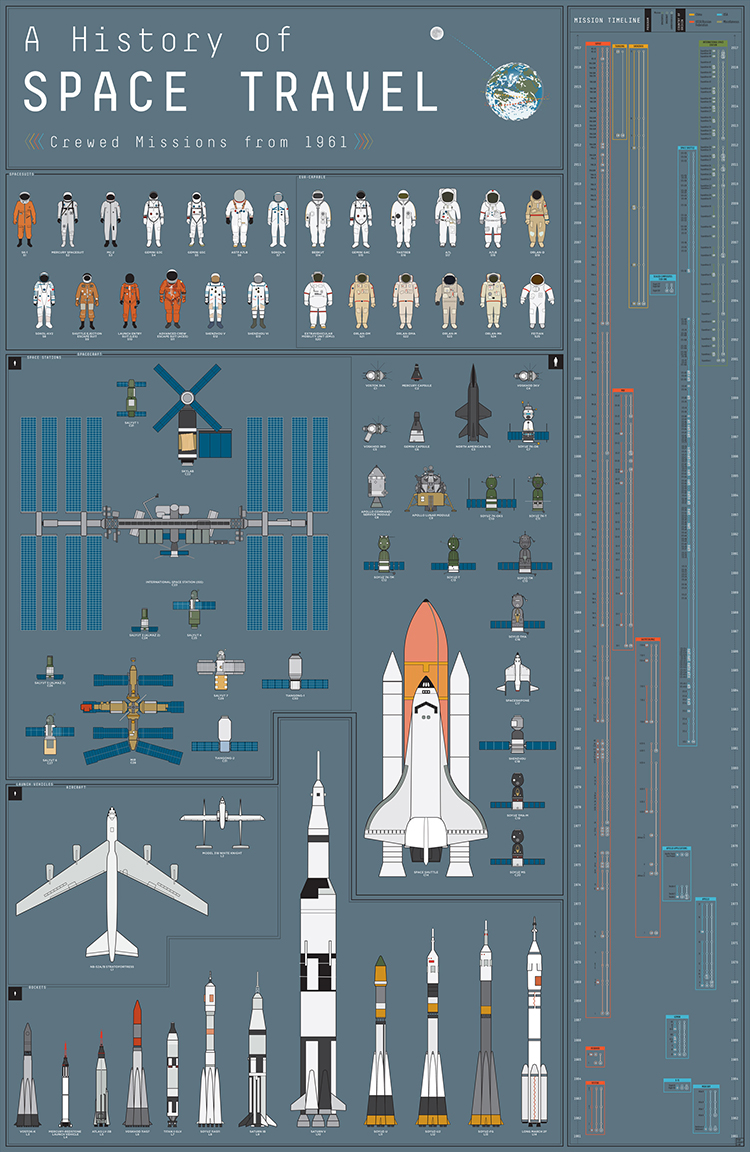

The head of ARPA, Roy Johnson, believed the project was not practical for manned spaceflight. Instead, Project Adam was submitted to the Advanced Research Project Agency (ARPA) as an Army-only affair with Navy recovery support (the Navy originally had their Manned Earth Reconnaissance program but it was shelved). This inter-service rivalry would have dissipated (at least a little bit) by the time the Mercury Program was operational, as cooperation between all the branches were necessary for overall mission success. The Air Force was unwilling to provide the Army with its Manhigh gondola because it saw the project as a threat to their own MISS. It would finally splash down in the Atlantic Ocean off the coast of Bermuda under a parachute.īy April 1958, mere months after it was proposed, Project Adam was nearly terminated. The lower cone would return to Earth in a fireball with deployable vanes supplying some steering. As the rocket reached the end of its burn time, both cones would separate from the booster and before reentry, the upper cone would be jettisoned. It would launch from one of the various launch sites at Cape Canaveral, Florida. He would not be lying on his back but rather standing, or at least bolted in vertically (unlike the actual Manhigh capsules that the pilots sat upright in). In order to get inside the gondola, the pilot would be loaded in from the gantry on a sliding wheeled sled before being sealed. The spacecraft would have used two nose-cone derivatives with the upper cone acting as the standard Redstone missile tip and the lower cone housing the astronaut and equipment. The gondola would have been protected by the heat-resistant nose cone of the Jupiter. On 21JUL1961, another Mercury-Redstone launched Virgil Gus Grissom into space.The planned vehicle was a modified Redstone rocket based on the Jupiter-C rocket used to launch Explorer 1. On 5MAY1961, a Mercury-Redstone launched America's first astronaut, Alan Sheppard, into space. The rocket was used to launch Mercury capsules on suborbital trajectories into space. The first successful Mercury-Redstone rocket flew on 19DEC1960. (Photos: Richard Kruse, 2007) Mercury-Redstone Although this spacecraft is flight-rated, it was not flown. Mercury Capsule on display at the National Museum of the United States Air Force. (Photos: Richard Kruse, 2008) Mercury Capsule 17 (Unflown) Mercury 15B (Freedom 7 II) Capsule on display at the Udvar-Hazy Center.

(Photos: Richard Kruse, 2009) Mercury 15B Capsule (Unflown) This spacecraft served as a backup for Wally Schirra's MA-8 (Sigma 7) mission.

Mercury Capsule 12B on display at Kennedy Space Center. (Photos: Kevin Barrett, 2009) Mercury Capsule 12B (Unflown) Launched on May 15, 1963, astronaut Gordon Cooper conducted 22.5 orbits in this spacecraft. Mercury MA-9 (Faith 7) Capsule on display at Space Center Houston. (Photos: Richard Kruse, 2009) Mercury MA-9 Capsule Launched on October 3, 1962, astronaut Wally Schirra conducted six orbits in this spacecraft. Mercury MA-8 (Sigma 7) Capsule on display at the Astronaut Hall of Fame.

(Photos: Richard Kruse, 2008) Mercury MA-8 Capsule Launched on May 24, 1962, astronaut Scott Carpenter conducted three orbits in this spacecraft. Mercury MA-7 (Aurora 7) Capsule on display at the Chicago Museum of Science and Industry. (Photos: Richard Kruse, 2008) Mercury MA-7 Capsule Launched on February 20, 1962, astronaut John Glenn conducted three orbits in this spacecraft. Mercury MA-6 (Friendship 7) Capsule on display at the National Air and Space Museum. (Photos: John Karpiej, 2005) Mercury MA-6 Capsule Launched on July 21, 1961, astronaut Gus Grissom conducted a sub-orbital flight in this spacecraft. Suborbital missions were launched using Redstone rockets, while orbital flights were made using Atlas launchers. Two suborbital missions were followed by four orbital missions. The program included a number of unmanned test flights, some including primates, prior to flying human astronauts.Ī total of six manned missions were flown. Started in 1958, Project Mercury was the United States' first manned spacecraft program.


 0 kommentar(er)
0 kommentar(er)
